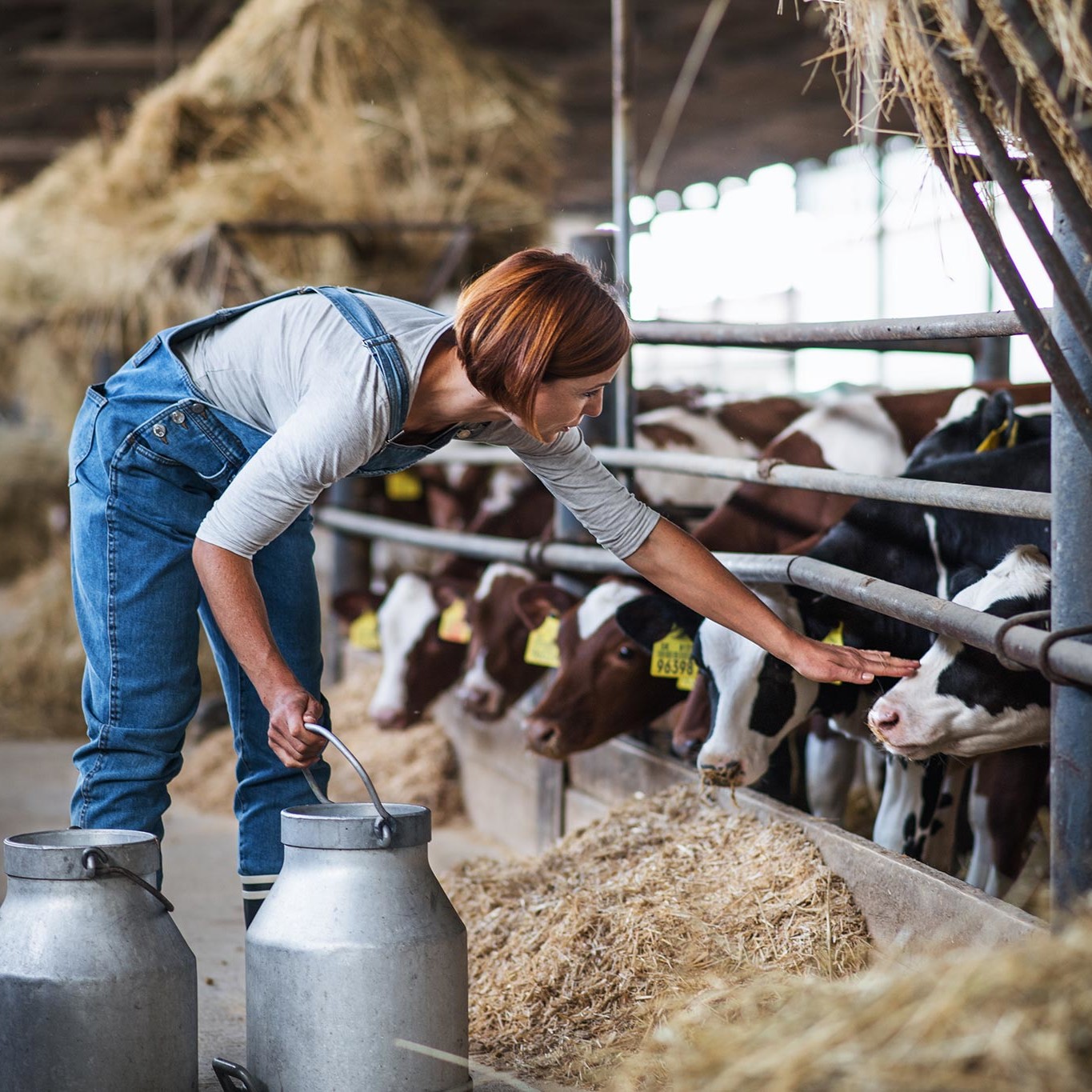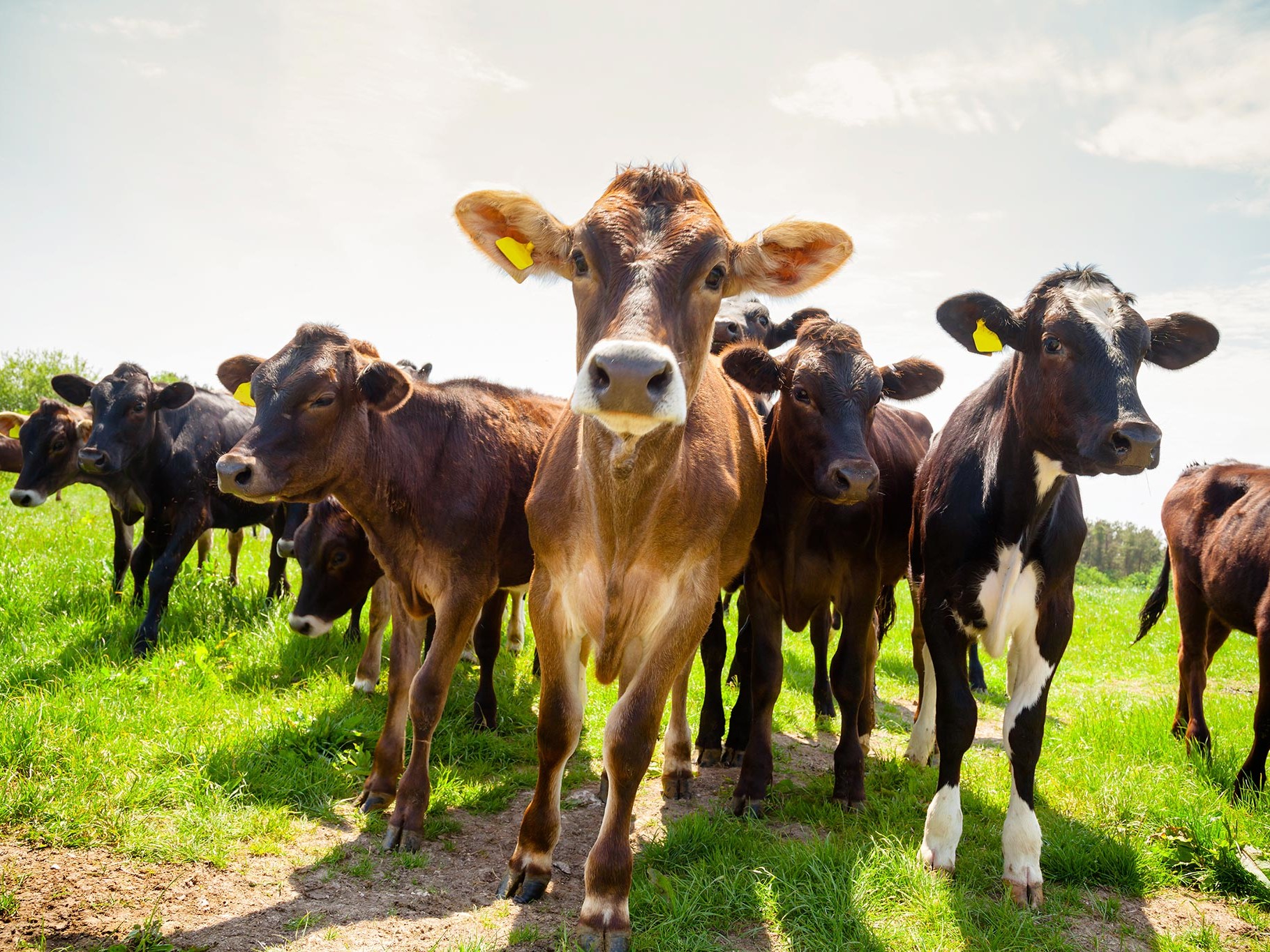The Hannah is Established
The movement of people away from the land and the depression of rural industry led, in 1909, to the passing of an Act of Parliament to promote the scientific development of agriculture, forestry and fisheries under the guidance of a Development Commission one of whose major successes was the formation of a sound system of investigation in agricultural science based on state-aided but independent research institutes, each being given responsibility for research in a particular subject area. The choice of the South West of Scotland for one such institute concentrating on Dairying was based on the size of the local dairy industry and the keenness of local farmers to have specific problems addressed. The Hannah Dairy Institute was thus established.

